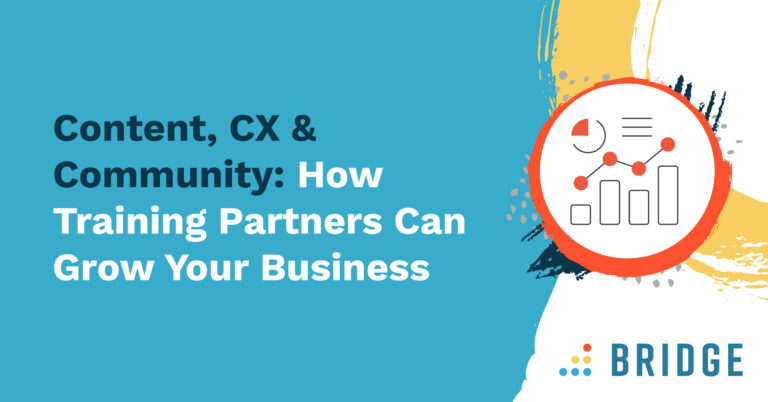Learning is clearly the core business of Higher Education institutions. These insitution’s resources, efforts, and commitment are directed to the delivery and success of learning. However, in this environment, it’s all too easy to focus on learning as the service offered to your customers while forgetting your most important learners in this process: your workforce.
This mismatch is further exacerbated by the division that occurs when HE institutions split learning and performance. Learning is the service offered to service users. Performance is the measurement of how this is delivered by workers. They have become separate entities.
Generally speaking, the HE world is pretty good at the concept of measuring performance in its workforce. However, where the ball is dropped is in realizing that for your customers, your students, to actually excel incrementally over time, your employees also need to be learners. In short, managers within HE need to value learning for their workforce, as well as for their student body.
Teachers for Teachers
It’s easy to see why HE institutions often end up in this situation. When your very business is delivering learning, surely learning is not needed as a separate thing for the teaching staff and their support? Surely it just happens? Surely learning resources and management systems should only be directed at the well-and-truly-identified students?
But with this method, your very approach to learning gets stuck in the confines of a box. Inevitably, your ability to succeed in delivering learning stagnates. It never develops in a conscious and planned way. And that’s a problem when you think about your future as a body of education and development.
If you want to control and improve the outcomes of your students, you need to plan the learning of, and develop, your staff in a thoughtful and directed way.
Culture and Priorities
The good news is that performance management (which you likely already do so well) sits very comfortably alongside learning. It’s simply a case of taking the information you have from performance management and actively using it to identify where learning is needed, and then constructing a plan to get there – individual by individual.
The first step should involve broadening out your natural culture of learning as a Higher Education setting to not only include the obvious learners, but to include everyone. Every single person within the institution needs to be seen as a learner too. Learning, development and a quest for meeting overall improvement needs to be valued by each and every person who walks through your halls (or, logs in from home…).
In practice this means that Jane in accounts is clearly working towards a qualification which fits into her career plans and the goals of the HE setting, whilst Marcus the economics professor is gaining skills in remote teaching provision, and Lucas in facilities is identified as needing to update his gas safety registration. There’s a sense of synergy and collaboration that everyone is working towards overall goals whilst also developing at individuals who become more engaged and more focused on their own performance.
How to Create Learning and Development Cultures in HE
Every HE setting faces similar issues of size and complexity. Often sprawling, both literally and academically, it can be difficult to develop a single culture. However, like your sports teams and clubs have their own sub-cultures within an over-riding sense of belonging to a greater body, the same can be true of a learning and development culture. It needs to exist as easily as the team colours, motto or logo.
The easiest way to do this is to pull learning together alongside performance management in one single platform that everyone uses as a matter of course. Do that, and everyone is working together, learning together and developing together.



